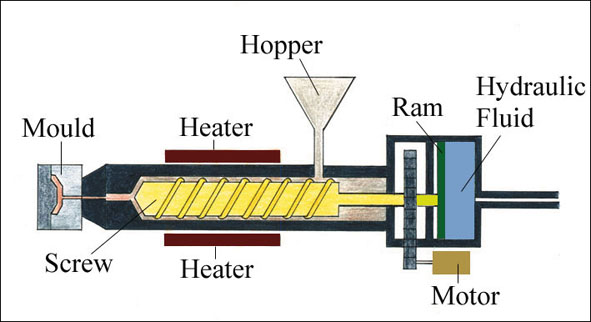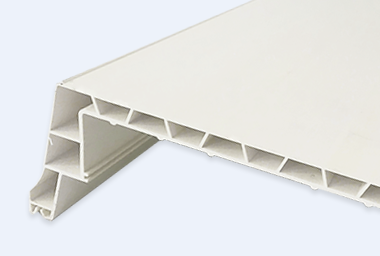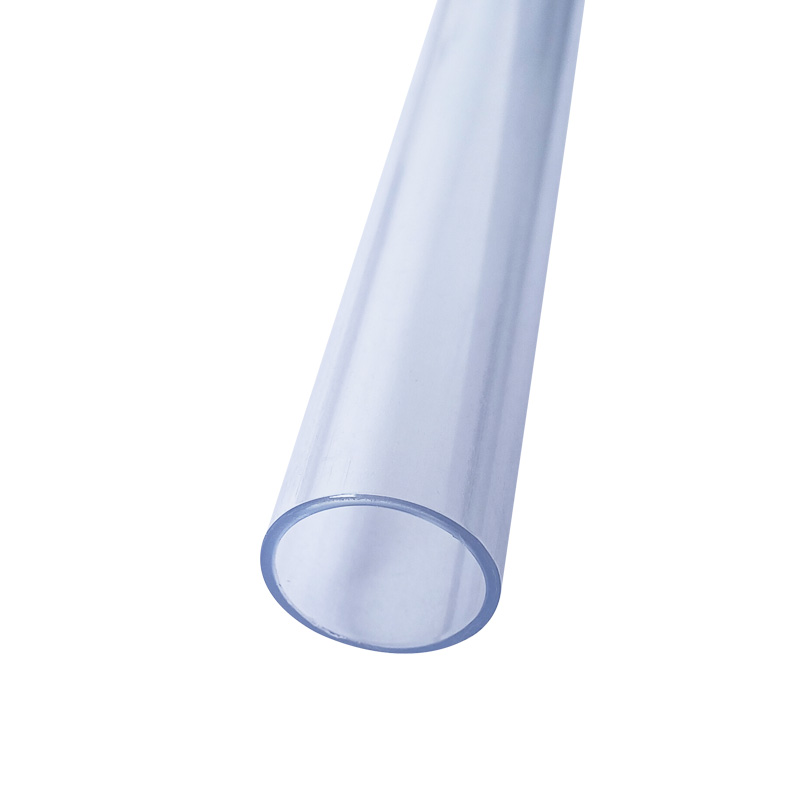What materials are used for plastic extrusion moulds
Extrusion moulds have low material requirements and a wide range of choices. The choice of extrusion mold material should take into account thermal conductivity, strength, wear resistance, corrosion resistance, polishability, cost, and the plastic used and production batch and other factors. For example, the plastic that will produce corrosive volatiles (such as PVC, polyacrylonitrile, polyformaldehyde, etc.), to use corrosion-resistant materials to manufacture the mold or in the mold cavity coated with corrosion-resistant metal. The main materials for manufacturing plastic extrusion molds are as follows.

(1) aluminum. Aluminum is the extrusion die earlier used is also a commonly used material. Aluminum has good thermal conductivity, good mechanical processability and ductility, low density, but low hardness, easy to wear. The wear resistance of aluminum alloy will be higher. The toughness of cast aluminum is low, so the clamping billet inlay block should be made of steel or copper beryllium alloy. The service life of aluminum mold is about 100,000 to 200,000 times. Aluminum has porous, sometimes will infiltrate a trace of plastic melt, affecting the appearance of blow molded products performance. This can be solved by coating the mold cavity with sealant, but this will reduce the heat transfer performance between the product and the mold wall.
(2) Copper-based alloys. Copper beryllium alloy is a material more commonly used in extrusion molds, which has very good thermal conductivity, hardness, wear resistance, corrosion resistance and mechanical toughness. The main disadvantage is the high cost, poor mechanical processing performance than aluminum (machining time is about 1/3 longer than aluminum), its density is about 3 times that of aluminum alloy, which further increases the cost (unit volume copper beryllium alloy copper beryllium alloy can be machined, cast and hot extrusion to manufacture molds. The copper beryllium alloy with higher beryllium content (such as 1.8% to 2.0%) has higher hardness and should be machined; if the mold with irregular shape is to be manufactured by casting, the copper beryllium alloy with lower beryllium content (such as 1.65%) should be used. Most of the copper beryllium alloy is used to make the clamping billet insert and used with the aluminum mold. Sometimes (especially for corrosive plastics) complete blow molds are made of copper-beryllium alloys. For example, copper beryllium alloy will not be corroded by the hydrogen chloride generated by the PVC extrusion process, and it also prevents water scaling in the cooling channels, avoiding a reduction in heat transfer efficiency. Copper beryllium alloy molds are easy to repair by welding or inlay method.
To learn more about plastic extrusion products click contact us





